The Math(s) Fix: Try a Sample Lesson! Self-Study, Problem-Solving Learning Resources

As Conrad Wolfram writes in his new book, education in computational thinking and quantitative problem solving are largely absent from today’s mathematics curricula. With the current crisis changing education practice in many ways, what better time to try out a sample of our new curriculum? It’s a curriculum fit for learners who want to be better prepared for an AI age where computers can be used to their full potential.
It’s a beta release, a first sample manifestation of what can be deployed in a self-study mode to implement The Math(s) Fix. We’re stretching what can be done in a browser to the limit, so please be patient with refresh times. The content and intended learning outcomes are the key points to look out for; you can see how we’ve merged the learning of general “thinking” outcomes and computation outcomes with real contexts in accessible problems.
“No mainstream school maths curriculum has yet been
based on the (obvious) assumption that computers exist.”
—The Math(s) Fix: An Education Blueprint for the AI Age by Conrad Wolfram (2020)
To reiterate the aim of Computer-Based Maths (CBM), CBM resources teach adults and school students alike to problem solve using the computational thinking process. This four-step process contains a crucial difference to today’s mathematics lessons—the compute step is done by computers, not humans. So students learn to tackle messy, ill-defined questions and choose the best abstractions to use to help them get answers from the computation. Along the way, they will be introduced to useful tools when they need them, learning how to drive the computer to apply the computations. However, don’t think of this as a course in coding—even though students will be editing and writing code—it’s far more. Also, CBM is rewriting the curriculum, so you won’t find resources dedicated to helping you with your school maths problems; you will instead find rich problems to tackle that have applications in modern computational fields.
Get Started
First time with CBM or the Wolfram Cloud? This eight-minute video will help you get started and use the resources appropriately.
Interactive Courses
Try a self-study CBM problem in data science.
People in My Country?
CBM Intermediate (ages 10 and up)
How can you measure things like emotion, pain, literacy? Dealing with subjective data like this is a key part of data science in the real world; find out how it’s done in this short interactive course.
CBM Proficient (ages 13 and up)
“People who took this course earn more in the future!” Learn to be wary of media claims of how one thing causes another, and have fun finding your own odd correlations.
with Your Maths Score?
CBM Intermediate (ages 10 and up)
Comparing two datasets is a first step in any data science course. In this short course, you will analyse local and national datasets and find out how to present your findings.
CBM Advanced (ages 16 and up)
Using real data, how do you define when to raise the alarm for possible fraud or bias? How do insurance or credit card companies know when to investigate further?
Get a Certificate Too!
Complete all of the activities, then download a certificate of completion.

At the end of each problem is a page to give feedback and comments and contribute to the development of these resources as we develop further certification opportunities in CBM/computational thinking.
And Finally…
Alongside The Math(s) Fix book, we have launched our campaign the Maths Fix Campaign for Core Computational Curriculum Change, or MFC5 for short. Add your name and your voice, and support this if you agree.
| Learn more about The Math(s) Fix or try out computational thinking modules on Computer-Based Maths at Wolfram U. |
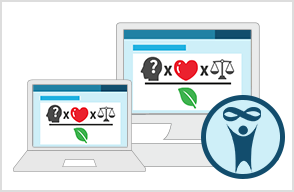
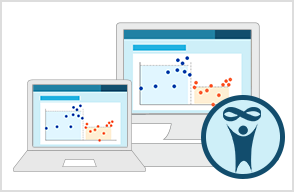
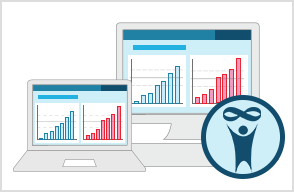
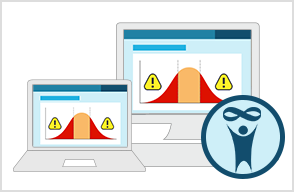


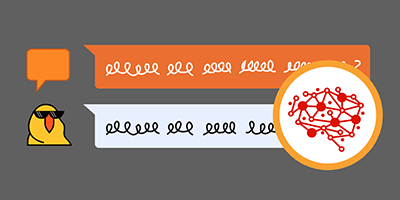
Comments